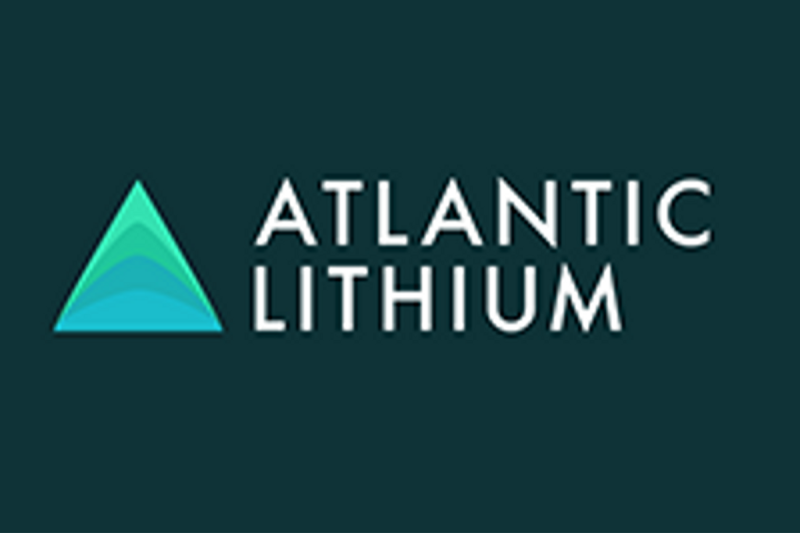
Unlock Your Mine’s Potential: License to Operate
Creating an Effective and Efficient Mine Operating Permit System
Understanding the importance and necessity of mine operating permits is crucial for maintaining a sustainable and responsible mining industry. These permits serve as a vital regulatory tool that ensures mining operations are conducted safely, while also mitigating environmental impacts. In the following section, we will explore key elements that contribute to the development of an effective mine operating permit system.
1. Regulatory Compliance and Oversight:
One of the primary objectives of a mine operating permit system is to enforce regulatory compliance. This involves adhering to environmental regulations, safety standards, and operational guidelines set by governing bodies. Regulatory oversight is essential to monitor and assess mining activities to ensure they are being carried out in a responsible and sustainable manner. Regular inspections and audits play a significant role in enforcing compliance and addressing any potential violations promptly.
2. Stakeholder Engagement and Transparency:
A successful mine operating permit system involves engaging with various stakeholders, including local communities, environmental groups, and indigenous populations. Establishing open communication channels and promoting transparency is key to building trust and addressing concerns related to mining operations. Meaningful engagement with stakeholders allows for comprehensive feedback and considerations that can lead to improved operational practices and mitigation measures.
3. Environmental Impact Assessment and Mitigation:
Environmental impact assessment (EIA) is a critical component of the mine operating permit process. Conducting thorough EIAs helps identify potential environmental risks and impacts associated with mining activities. It enables stakeholders to implement appropriate mitigation measures to minimize adverse effects on ecosystems, water sources, and wildlife habitats. Continuous monitoring and assessment of environmental impacts throughout the mining lifecycle are essential for ensuring sustainable practices and compliance with regulatory requirements.
4. Compliance Monitoring and Reporting:
Regular monitoring and reporting are essential aspects of an effective mine operating permit system. Mining operators are required to track and report various parameters, such as water usage, emissions, waste management, and rehabilitation efforts. Monitoring data allows regulatory authorities to assess compliance levels, identify potential risks, and enforce corrective actions when necessary. Transparent reporting mechanisms provide stakeholders with insights into the environmental performance of mining operations and foster accountability within the industry.
5. Adaptive Management and Continuous Improvement:
Adaptive management principles play a crucial role in the sustainable operation of mines. By integrating feedback, new technologies, and best practices, mining companies can optimize their operations and minimize environmental impacts. Continuous improvement initiatives ensure that mining activities remain aligned with evolving regulatory standards and industry benchmarks. Engaging in research and innovation can lead to the development of more efficient and environmentally friendly mining practices, contributing to the long-term sustainability of the industry.
In conclusion, developing an effective mine operating permit system requires a comprehensive approach that addresses regulatory compliance, stakeholder engagement, environmental impact assessment, monitoring, and adaptive management. By fostering collaboration among all stakeholders and prioritizing sustainable practices, the mining industry can thrive while minimizing its environmental footprint. Continuous efforts to enhance transparency, compliance, and operational efficiency are essential for fostering trust and accountability within the sector.
